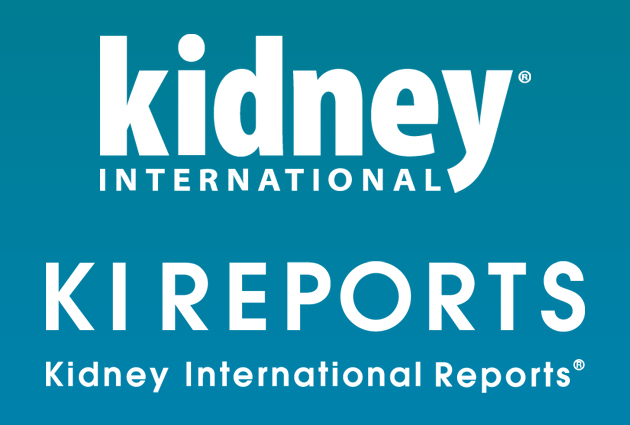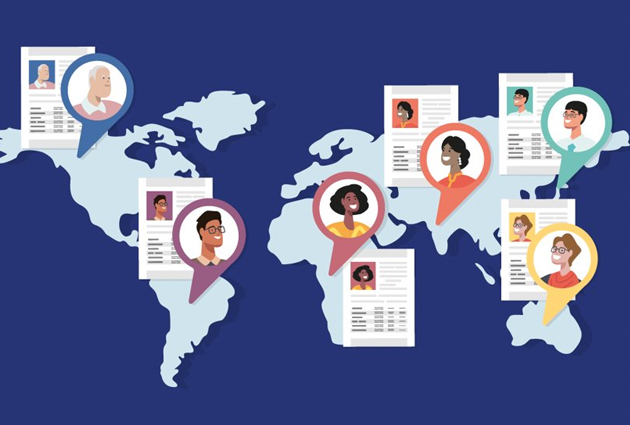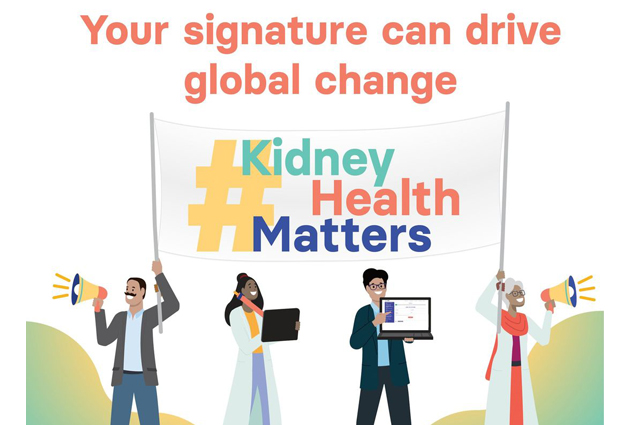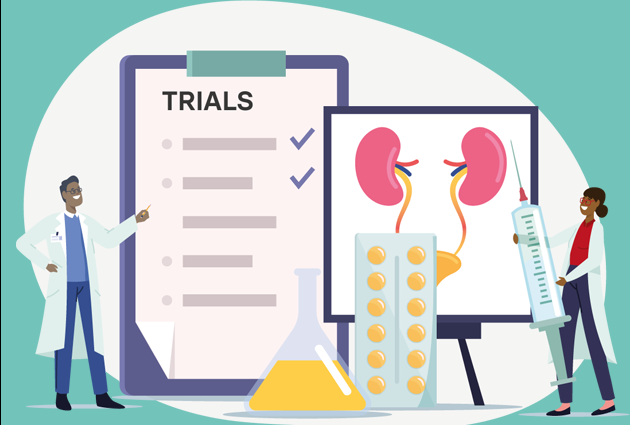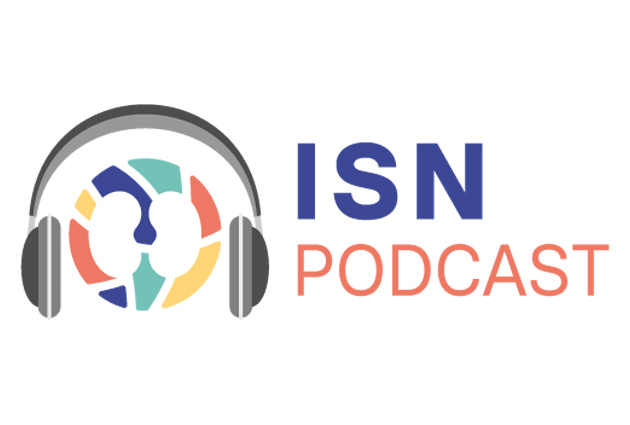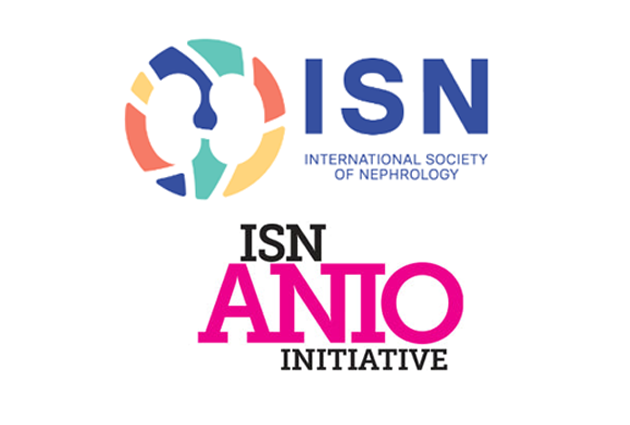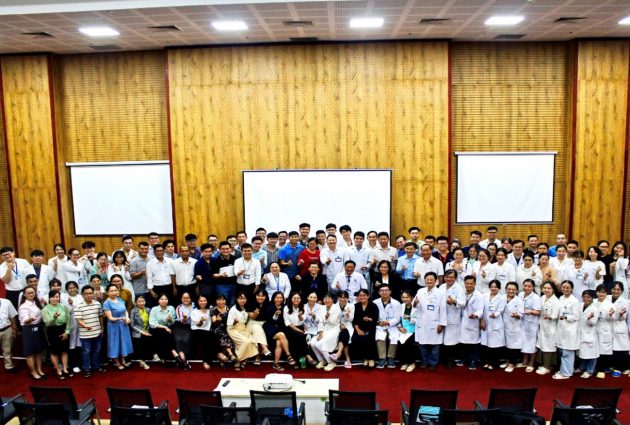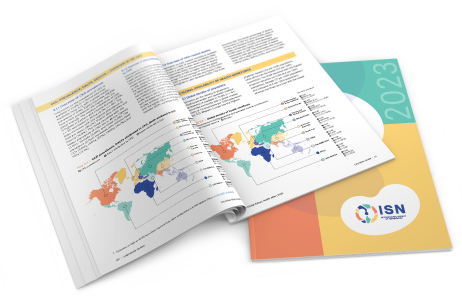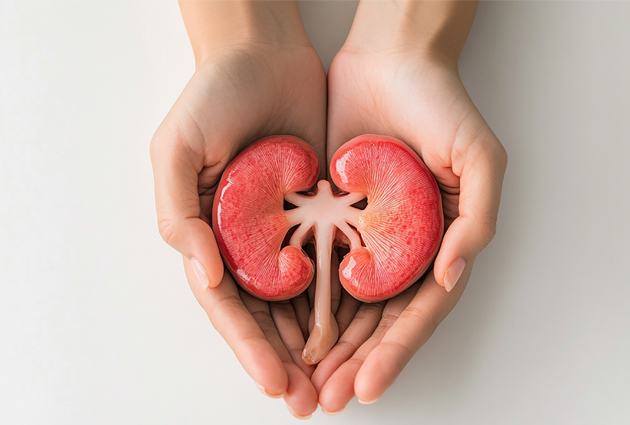World Kidney Day 2016: Kidney Disease and children
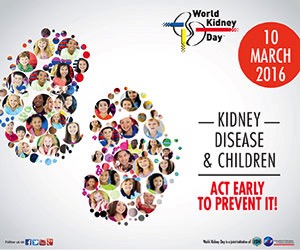 This year’s World Kidney Day (WKD) campaign emphasizes the importance of following kidney function and blood pressure in children and babies.
This year’s World Kidney Day (WKD) campaign emphasizes the importance of following kidney function and blood pressure in children and babies.
Chronic kidney disease (CKD) in children is caused by congenital abnormalities and inherited disorders. Premature babies or small-for-date newborns have a relatively increased risk for developing CKD later in life. Those with a high-risk birth weight and early childhood history of the disease should be watched closely to help detect early signs and provide effective treatment.
In regions where antenatal fetal ultrasounds are routine, many children with urologic abnormalities are identified before birth, permitting an early intervention. However, in much of the world, children with structural abnormalities are not identified until much later, when symptoms develop.
Many children with acute kidney injury (AKI) will develop sequelae that lead to hypertension and CKD later in childhood or adult life. Childhood deaths from a long list of communicable diseases inextricably involve the kidneys. Those who succumb to cholera and infectious diarrhea often die due to the shocking development of AKI.
“Successful therapy is feasible for advanced CKD in childhood;there is evidence that children fare better than adults, if they receive kidney replacement therapy including dialysis and transplantation, while only a minority of children may require this ultimate intervention,” explain ISN leaders Philip Li and Guillermo Garcia Garcia who are leading the campaign.
Disparities in data and gaps in care worldwide
Worldwide epidemiological data on the spectrum of CKD and AKI in children is currently limited, though increasing in scope. CKD prevalence in childhood is rare and has been variously reported at 15-74.7 per million children. This figure is influenced by regional and cultural factors, as well as the methodology used to generate data.
Databases such as the North American Pediatric Renal Trials and Collaborative Studies (NAPRTCS), the U.S. Renal Data System (USRDS) and the ERA-EDTA registry include information on pediatric end stage renal disease (ESRD) and CKD. Studies such as the ItalKid and Chronic Kidney Disease in Children, the Global Burden of Disease Study 2013, as well as registries that now exist in many countries provide important information but more is required.
More clinical registries that inform about the disease’s natural course will identify children likely to benefit from novel therapeutic approaches. Apart from disease-specific databases, there is also a need for treatment-specific registries. These are particularly relevant in areas where clinical trials are difficult to perform due to small patient numbers and a lack of industry interest, as well as for therapies in need of global development or improvement.
More children dying in the developing world
Death from kidney disease is higher in developing nations, and national and regional disparities in care and outcome must be addressed. Further, access to care is variable, depending on the region, the country and its infrastructure. By focusing on kidney disease in childhood, cost-effective solutions may be reached, as treating disease early and preemptively may prevent later, more advanced CKD.
Expectations depend on the availability of care and management. Treating children who have AKI and require renal replacement therapy can prevent deaths. Doing so requires resources that focus on the most expeditious and cost-effective ways to deliver acute renal replacement therapy in childhood.
Disparities exist in resources available to treat AKI in children and young people. To address this, the ISN has initiated the Saving Young Lives Project, which aims to prevent AKI by treating infection promptly and/or delivering appropriate fluid and electrolyte therapy.
“This ongoing project in Sub-Saharan Africa and South East Asia, in which four kidney organizations participate (IPNA, ISN, ISPD and SKCF), focuses on establishing and maintaining centers to care for AKI patients and provide acute peritoneal dialysis. It links with the ISN’s 0by25 initiative, which calls on members to ensure by 2025 that nobody dies from preventable AKI unnecessarily,” says Philip Li.
“Because there are disparities in access to care, effort is needed so that those children with kidney disease, wherever they live, may be treated effectively, irrespective of their geographic or economic circumstances,” explains Guillermo Garcia Garcia.
He adds: “Our hope is that World Kidney Day will inform the general public, policy makers and caregivers about the needs and possibilities surrounding kidney disease in childhood.”
For further information about World Kidney Day visit: www.worldkidneyday.org

